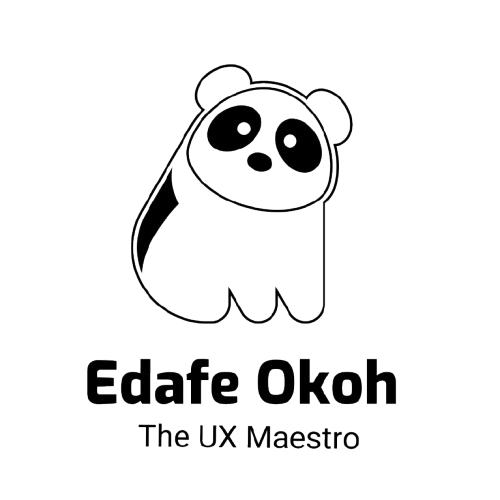THE PRODUCT
The Tally web app is a networking, mentorship & job search platform available to all new college graduates in the Tech field. This web app offers outstanding user experience and accessibility for fresh graduates who may be unsure of the next step in their career journey.
The final design features a mobile app & responsive website for tablet and desktop screens.
Date: March - July 2019
Role: Lead UX Designer
Responsibility: Research, Building wireframes/prototypes, Usability studies, iterations & hand off.
My Research
I utilised primary and secondary research approach to empathize with the end users. First I interviewed undergraduate and grad school students at a local technical college to understand their plans and worries after college. Then I studied journals on the internet with reference to life after college for most Tech graduates.
The main insight I drew from this research is that the amount of frustration and uncertainty from new college graduates in tech fields with regards to their next career step is terrifyingly high. Most Job search/ networking platforms do not provide the right guidance they require mainly because these platforms operate on a wide band of career opportunities spanning across countless different fields. This ambiguity is what i aim to eliminate by creating a platform solely for Tech graduates.
Personas
Meet Deji
He is a second generation immigrant, born to two Nigerian parents based in Atlanta, Georgia. He recently just graduated with a bachelors degree in Cybersecurity at Georgia State University. His number one priority is getting into the workforce and beginning his tech career. He voiced some of his frustrations with job search and networking platforms
"Most Job search platforms today are filled with ambiguity and cognitive overload, I would love a job platform slated specifically for tech jobs alone”
Meet Katlego
She is from Cape Town, South Africa. She is the oldest of 3 children . She recently graduated from the University with a Bachelors in Information Technology and is ready to begin the next step in her career.
“I currently don’t have a computer because mine broke and using the library all the time to search for jobs is stressful on my path and my family. It would be helpful to have a platform where I can access jobs from my phone.
Early Concepts
Putting together the first paper wireframes using Crazy 8s was the most challenging yet engaging part of the ideation process. I made sure to incorporate the research goal into drafting these wireframes.
Digital Wireframes
The mobile app wireframe puts accessibility front and center. It sets the blueprint for the mockups as to how the page will be laid out .Using the progressive enhancement method, i was able to adapt the design to a larger screen by reworking the proportions and layout to meet the new screen size.The final wireframe was adapted to desktop screen. This screen helped to utilize a lot of the negative space to input more information
Mobile
Tablet
Desktop
Low fidelity prototype
The low-fidelity prototype focused on the main user flow: starting from the homepage. It allows for participants in the usability study to enter the flow from anywhere in the prototype.
Usability Testing
From wire frames to mock ups
Wireframes allowed for future iterations. Following feedbacks from the usability study, a few adjustments were made to transform the wireframes into mockups.
Mobile
Tablet
Desktop
High fidelity prototypes
Putting my knowledge of design principle into use, i was able to complete a hi-fi prototype with the user still being front and center, while also adapting the design to larger screen sizes.
Responsive Design
Every user has their own particular needs and as a designer, knowing how to accommodate these needs into my my design is essential to its success. Using the progressive enhancement method, i was able to adapt the design to larger screens by reworking the proportions and layout to meet new screen size requirements.
Take aways
Impact:
The tally web app is revolutionary and inclusive design for job search platforms. The emphasis on accessibility and information architecture will serve as a blueprint for future designs moving forward.
What I learned:
Innovation and creativity can only reach its full potential when it serves a higher purpose. Learning to empathize and consider the goals and objectives of others could help in creative life changing designs.
What’s next?
One
Iterate on design to locate and address less obvious pain points.
Two
Conduct more tests/usability studies to ensure all user needs and expectations met.
Three
Add project to my portfolio and share with hiring managers.













